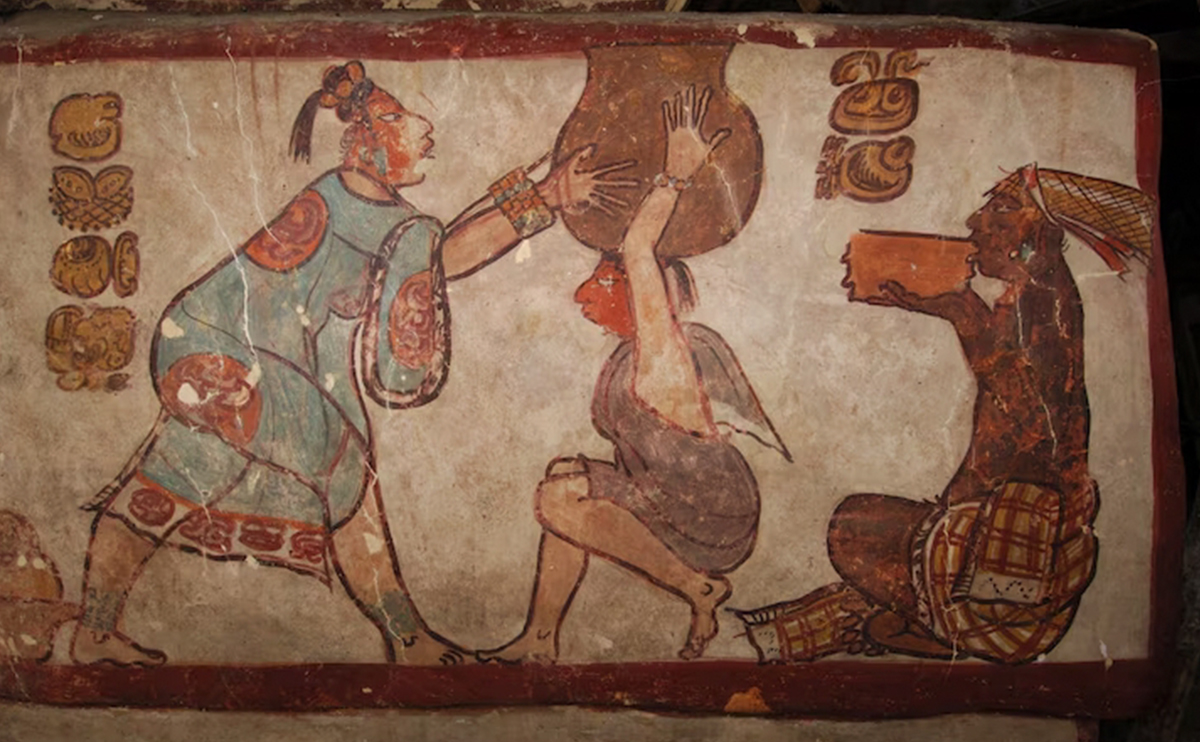The History of Chocolate: A Flavorful Journey from Cocoa Beans
Chocolate is one of the delicacies with a rich history dating back thousands of years. The story of chocolate, now a beloved sweet around the world, begins with the discovery of cocoa beans. The history of chocolate reflects both a delicious and a culturally significant journey. Let’s explore how chocolate has evolved over time and how it found its way into modern kitchens.
The Origins of Cocoa Beans: A Heritage from Central America
The history of chocolate begins approximately 4,000 years ago in Central America. In this region, the birthplace of the cocoa tree, the Olmecs, Mayans, and Aztecs first discovered cocoa beans and used them as a valuable product. Cocoa beans were used as a precious currency in trade by the Mayan and Aztec civilizations and were also considered a sacred beverage in special ceremonies.
The Mayans prepared a bitter drink called “chocolatl.” This beverage was made by mixing ground cocoa beans with water, vanilla, and spices. In Mayan culture, chocolate symbolized wealth and status and was associated with their gods.
Encounter with Europe: The Journey of Chocolate to the New World
Cocoa was brought to Europe in the 16th century by Spanish explorers. In 1519, Hernán Cortés introduced the cocoa beverage that Aztec Emperor Montezuma offered him to Spain. Initially, this drink became quite popular among the European aristocracy, and to soften its bitterness, it was sweetened with sugar and cinnamon. This adaptation facilitated the spread of chocolate in European courts.
By the 18th century, chocolate had become a luxury product in Europe. However, the transformation of chocolate into a solid form and its accessibility to the general public required technological advancements.
The Transformation of Chocolate with the Industrial Revolution
With the Industrial Revolution in the 19th century, significant progress was made in the chocolate production process. In 1828, Dutch chemist Coenraad van Houten discovered a method for extracting cocoa butter from cocoa beans, laying the foundation for modern chocolate. This advancement made it possible to produce smoother, creamier, and solid chocolates, paving the way for milk chocolate.
In 1879, Swiss chocolatier Rodolphe Lindt developed the “conching” method, which gave chocolate a softer and silkier texture. This process was a crucial step in achieving the texture and flavor profile of modern chocolate.
The Modern Chocolate Era: Everyone’s Favorite Treat
By the 20th century, chocolate had become a widely consumed product around the world. Mass production techniques enabled chocolate to be more affordable, making it accessible to people from all walks of life globally. Today, chocolate holds a significant place in our lives as both a delightful snack and an essential symbol of special occasions.
Handmade and organic chocolate production has also regained prominence in the modern era. Boutique chocolates made with natural ingredients and traditional methods have become favorites for chocolate enthusiasts seeking healthy and unique flavors.
Conclusion: The Timeless Journey of Chocolate
Chocolate is the fruit of a captivating flavor journey that has transcended thousands of years. This adventure, beginning with the cocoa bean, first adorned the tables of kings and aristocrats before becoming a beloved treat for everyone. Today, handmade, organic, and natural ingredient-based boutique chocolates represent the most exquisite aspects of chocolate, both in flavor and craftsmanship.





